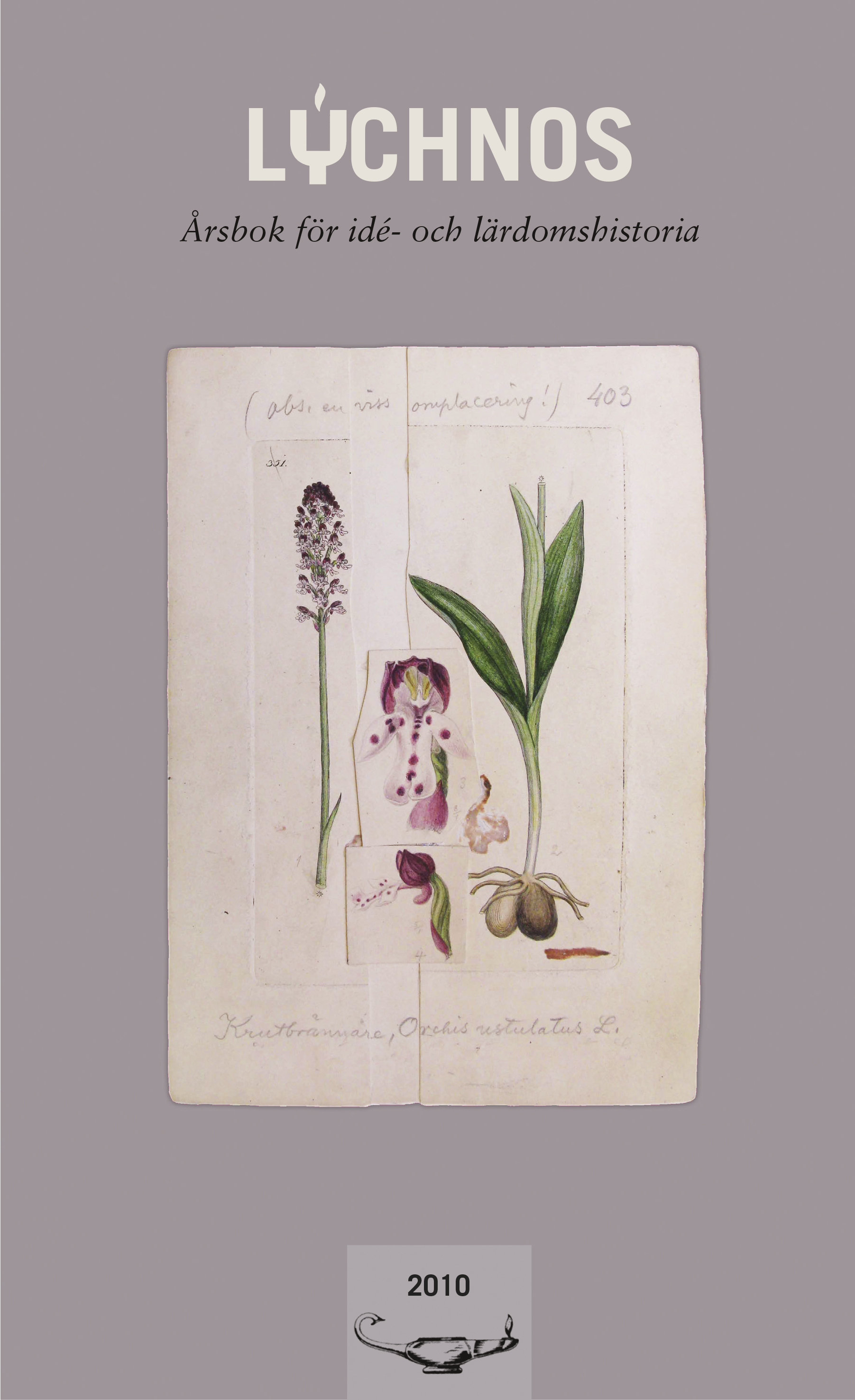Lindman and the Burnt Orchid
The complexities of colouring in botanical illustrations
Abstract
This article discusses problems concerning the use of colour in botanical illustrations, focusing on a specific species, the Orchis ustulata (Burnt Orchid). In 1901–1905 the Swedish botanist Carl Lindman (1856–1928) was responsible for the publication of the Swedish flora Bilder ur Nordens flora, that was, in some ways, a reworking of J. W. Palmstruch’s Svensk botanik (1802–1843). Palmstruch’s hand-coloured copper plates were to be transferred to chromolithographs by the artist and scientific illustrator Axel Ekblom. The text was to be completely revised by Lindman, whereas the illustrations were considered to be still valid and the original plan was simply to transfer the pictures to the new medium. Eventually Lindman, who was a skilful painter himself, was not satisfied with the old pictures, and so ended up taking a great part in the pictorial process as well. The old drawings were meticulously examined, corrected and often supplied with new, extremely magnified details.
In this context of intensively studying the species Orchis ustulata, and the colouring of it, Lindman discussed its Swedish names with A. G. Nathorst, a botanist colleague. Lindman was not satisfied with the old name, Brunsvedt nyckelblomster, which indicates that the flower is brown. As he saw it, that name did not correspond to the pigments he had to use when colouring the flowers - purple rather than brown.
He suggested instead that the old provincial name, Krutbrännare (roughly “burnt gunpowder”), noted by Linnaeus on his tour of the island of Öland in 1741, be applied. Linnaeus sometimes designated the colour of the plant in the text, and/or in the descriptive epithet, but he did not use colour as a distinctive feature for classifying purposes. In spite of this, botanical prints in colour were and are continuously used in publications.
Downloads
Published
Issue
Section
License
This work is licensed under a Creative Commons Attribution 4.0 International License. The copyright for the work published in Lychnos remains with the authors.


